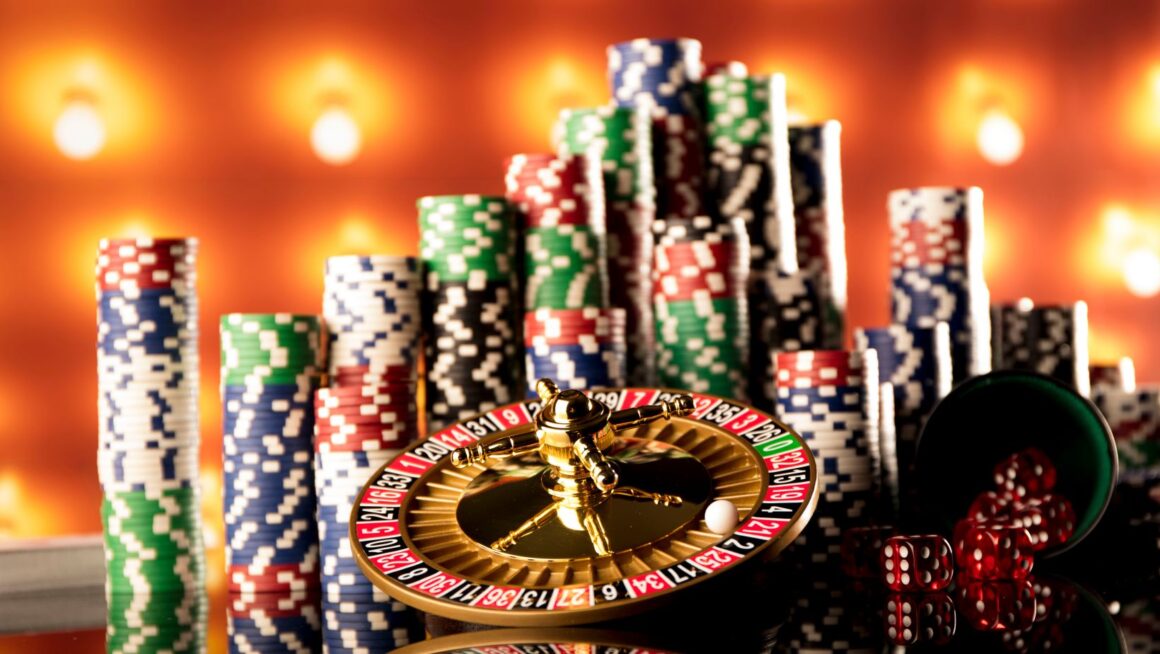You see them at the footer of every online casino—little badges from eCOGRA, iTech Labs, or GLI. They promise “certified RNG” and “fair gaming.” Most players assume these mean the games are completely fair and verified.
What I discovered after reading dozens of certification reports and talking to testing lab employees: these badges verify specific technical standards, not whether you’ll have a good time or win money. Understanding what they actually test—and what they don’t—changes how you evaluate casinos.
For instance, Boo Casino displays certification badges from multiple testing labs across their 3,500+ games from 40+ providers, though finding the actual certification reports requires digging deeper.
The Testing Process Nobody Explains
RNG certification doesn’t mean someone watches every spin for fairness. Testing labs run mathematical analysis on game outputs—typically examining millions of simulated results.
For slots, they verify the stated RTP matches actual performance over massive sample sizes (usually 10 million spins minimum). They check symbol distribution patterns and ensure bonus features trigger at expected frequencies.
The process takes 4-8 weeks per game. Labs request source code, run simulations, and analyze statistical distributions. They’re looking for predictable patterns or deviations from expected randomness.
Reality check: A certified 96% RTP slot still keeps 4% of all money wagered. Certification confirms this number is accurate—not that the game is generous.
Different Badges, Different Standards
- eCOGRA (eCommerce Online Gaming Regulation and Assurance) focuses heavily on operational standards beyond just RNG testing. They audit payment processing, player dispute resolution, and responsible gaming measures. Their badge indicates broader operational compliance.
- iTech Labs specializes in pure technical testing. They’re the math nerds—examining RNG algorithms, payout calculations, and statistical fairness. Their reports include detailed mathematical breakdowns that most players never see.
- GLI (Gaming Laboratories International) is one of the largest global gaming testing labs and covers both land-based and online markets. They test against multiple jurisdictions’ requirements simultaneously. A GLI certificate indicates the operator meets regulatory requirements.
- TST (Technical Systems Testing, now part of GLI) specializes in both RNG and physical equipment testing and was among the first to adapt to emerging live dealer platforms. They test physical equipment—card shufflers, roulette wheels, and dealing procedures.
These companies compete for casino business. While they follow similar ISO standards, their testing rigor varies. Some labs are known for being stricter (iTech Labs) while others focus on speed (certain smaller labs I won’t name).
What Certification Actually Covers
Testing labs verify igt slots and other major providers’ games for:
- RNG output follows the expected statistical distribution
- Stated RTPs match long-term mathematical reality
- Game rules function as described
- Bonus features trigger at advertised rates
- Progressive jackpot contributions accumulate correctly
They DON’T verify:
- Short-term fairness (your next 100 spins)
- Whether games are “due” to pay
- Individual session outcomes
- Casino payout speed
- Customer service quality
- Bonus term fairness
Insider detail: Certification happens pre-launch. Once live, games receive spot-checks maybe once per year. Continuous monitoring? That’s marketing speak.

The Jurisdiction Game
Malta Gaming Authority requires different testing than the UK Gambling Commission. Curacao? Barely requires anything. This creates a messy situation where the same badge means different things depending on where the casino is licensed.
Strong jurisdictions (UK, Malta, Gibraltar) mandate:
- Periodic RNG audits (often annual)
- Public RTP disclosure
- Real-time game monitoring systems
- Player fund segregation verification
Weak jurisdictions (Curacao, Anjouan) require:
- Initial certification only
- No ongoing monitoring
- No public reporting requirements
I learned this the hard way playing at a Curacao casino with eCOGRA badges. The certification was three years old. When I asked about recent audits, support couldn’t provide any.
Red Flags Hidden in Certification
Watch for these warning signs:
- Generic badges without report links. Legitimate certifications include report numbers you can verify on the testing lab’s website.
- Outdated certificates. I’ve seen casinos displaying 2019 certifications in 2024. Certifications are usually renewed annually (or whenever games are updated), so anything several years old is suspicious.
- Partial certification. Some casinos certify only their most popular games. Check if that obscure slot you’re playing is actually covered.
- Self-certification claims. “Provably fair” isn’t the same as independent certification. Blockchain casinos often claim transparency without external audits.
Quick tip: Click the certification badge. If it doesn’t link to a specific report on the testing lab’s website, assume it’s decorative.
What Players Should Actually Check
Instead of trusting badges blindly, I now verify:
- Certificate date and scope—Click through to the actual report. Check what games and date ranges were tested.
- Testing lab reputation—Google “[lab name] casino disputes.” Reputable labs have few controversies.
- Jurisdiction requirements—UK-licensed casinos face stricter oversight regardless of badges.
- Published RTPs—Certified casinos should display RTP for every game. No RTP info? Red flag.
- Audit frequency—Look for “last tested” dates. Monthly audits beat annual certification.
The Badge Reality
Those certification badges aren’t meaningless—they confirm basic mathematical fairness. But they’re not the protective shield many players believe.
Think of them like restaurant health inspections. They verify minimum standards: proper randomness, accurate RTPs, functioning game rules. They don’t guarantee you’ll enjoy your meal or get value for money.
The strongest protection is a set of multiple oversight layers: strict licensing jurisdiction, recent certifications from reputable labs, transparent RTP disclosure, and regular auditing. Missing any of these? The fancy badges won’t save you.

